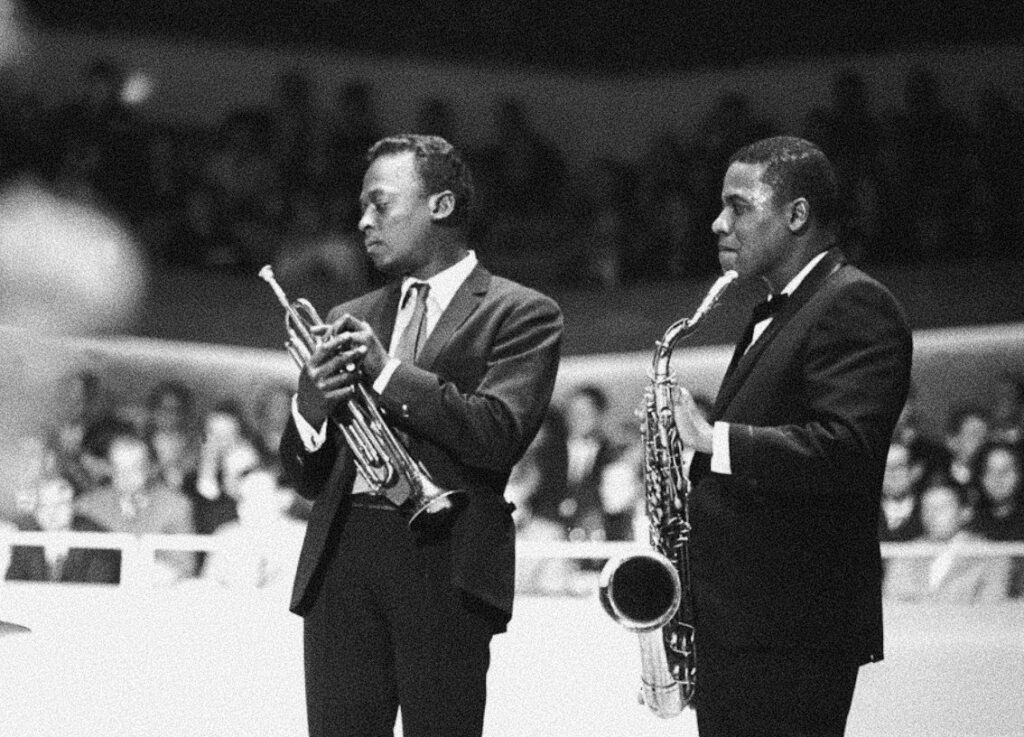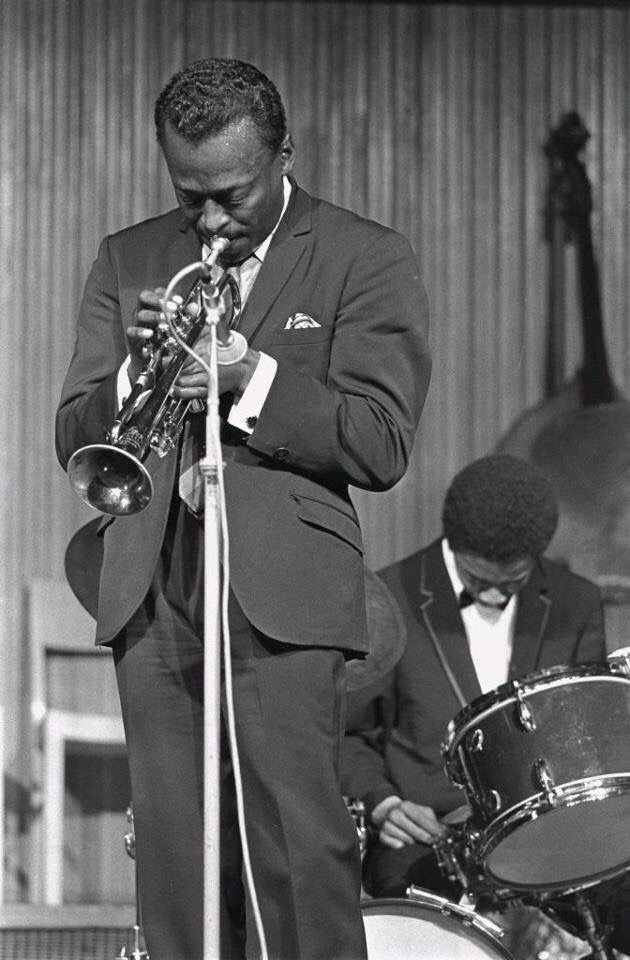Dive into the Power & Passion of ‘Tenor Madness
In the vast panorama of jazz, Sonny Rollins’ “Tenor…
I’ve just wrapped up a listening session of Miles Davis‘ iconic album, “E.S.P.” and I’m excited to share my impressions of this game-changing work. Originally released on Columbia Records in 1965, the album was recorded at New York City’s legendary 30th Street Studio. Davis’ quintet delivered an unforgettable performance that captured the essence of jazz and marked a turning point in music history. Every element of the record, from the compelling music to the atmospheric vibe, merges perfectly to create an enduring masterpiece.

In 1964, Wayne Shorter left Art Blakey’s Jazz Messengers and joined forces with Miles Davis. Shorter’s entrance into the group ignited a fire, sparking the formation of Davis’ second great quintet. Alongside Shorter were Herbie Hancock on piano, Ron Carter on bass, and Tony Williams on drums. Each member brought their unique talents, shaping the album’s distinctive sound.

“E.S.P.” marked a departure from hard bop, exploring post-bop territory with complex compositions and interactive improvisation. The album also showcased the influence of modal jazz, creating an innovative blend of styles. This combination of elements resulted in a bold, groundbreaking sound that captivated the jazz world.
The album opens with Shorter’s “E.S.P.,” a tune that immediately establishes the quintet’s telepathic interplay. Shorter’s saxophone weaves intricate lines around Davis’ trumpet, while Hancock, Carter, and Williams provide a solid yet flexible foundation. The ensemble’s ability to anticipate and react to each other’s musical choices shines brightly here.

“Eighty-One,” co-written by Ron Carter and Miles Davis, is an engaging piece with a strong rhythmic drive. The tune showcases Carter’s bass playing in a prominent role, as well as highlighting Hancock’s lush harmonies and Williams’ inventive drumming. The solo sections feature a dynamic exchange between Davis and Shorter, their horns dancing in a lively conversation.
“Little One,” my favorite track on the album, is a hauntingly beautiful ballad penned by Herbie Hancock. The delicate piano introduction sets the stage for Davis’ emotive trumpet solo. Shorter’s saxophone soon joins in, adding another layer of depth to the piece. The interplay between the two horns is breathtaking, conveying a sense of vulnerability and longing.

The remaining tracks on the album continue to display the quintet’s unmatched chemistry. Ron Carter’s “R.J.” highlights the bassist’s compositional skills and agile playing. Davis’ “Agitation” showcases the trumpeter’s ability to create tension and excitement through innovative rhythmic and harmonic ideas. The album concludes with Shorter’s “Iris,” a captivating piece that exhibits the saxophonist’s prowess as both a player and composer.
Upon its release, “E.S.P.” received positive acclaim and quickly gained recognition as a landmark recording. The album’s innovative sound and unparalleled musicianship left an indelible mark on the jazz community. Davis’ second great quintet had arrived, and the world was taking notice.
Comparing “E.S.P.” to other albums by the second great quintet reveals the group’s evolution. The quintet continued to push the boundaries of jazz, incorporating elements of free jazz and avant-garde experimentation in later works like “Nefertiti” and “Miles Smiles.” The group’s restless creativity kept them at the forefront of jazz innovation throughout their tenure.
The impact of “E.S.P.” on the careers of Shorter, Hancock, Carter, and Williams cannot be overstated. Each musician went on to have a successful solo career, with their work in the quintet serving as a foundation for their future explorations. As leaders and collaborators, these musicians continued to shape the landscape of jazz for years to come.
Today, “E.S.P.” stands as a testament to the power of innovation and collaboration in jazz. The album’s influence can be heard in the work of countless musicians who followed, serving as a blueprint for the future of jazz. The groundbreaking sound and spirit of experimentation present in “E.S.P.” continue to inspire new generations of artists, ensuring the album’s lasting legacy.
In conclusion, “E.S.P.” represents a pivotal moment in jazz history, capturing the birth of a legendary quintet that would redefine the genre. The album’s innovative approach to composition, improvisation, and group interplay left an indelible mark on the music world. As we continue to listen and engage with “E.S.P.,” the magic of Miles Davis and his second great quintet endures, reminding us of the power of artistic collaboration and the endless possibilities of jazz.